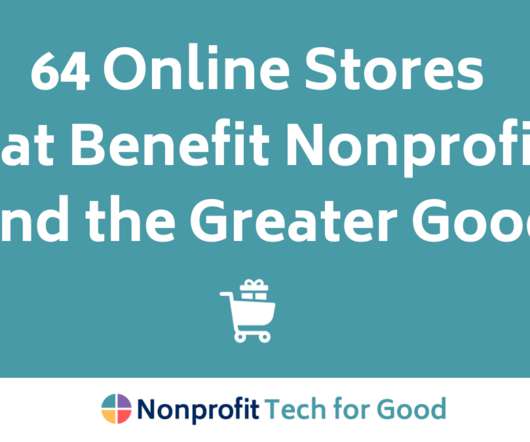ESG Needs a Shared Language
Stanford Social Innovation Review
OCTOBER 11, 2022
While nonprofits and social enterprises tend to want to use it as a tool to force companies to contribute to the SDGs, investors want consistent measures to evaluate financial decisions (namely risk), and business leaders want not to incur higher costs. ESG for Assurance. scores and find themselves in most big E.S.G.











Let's personalize your content